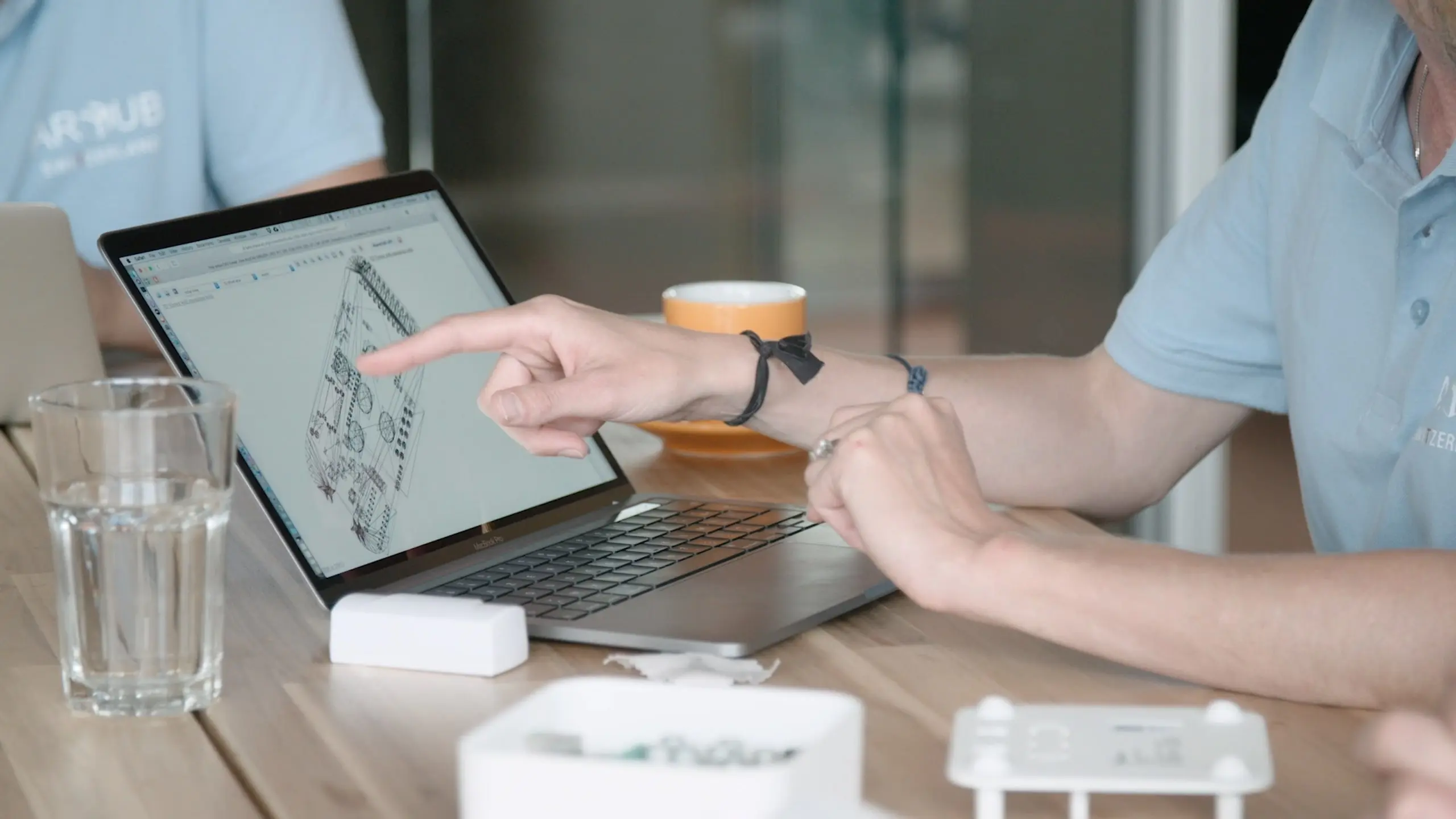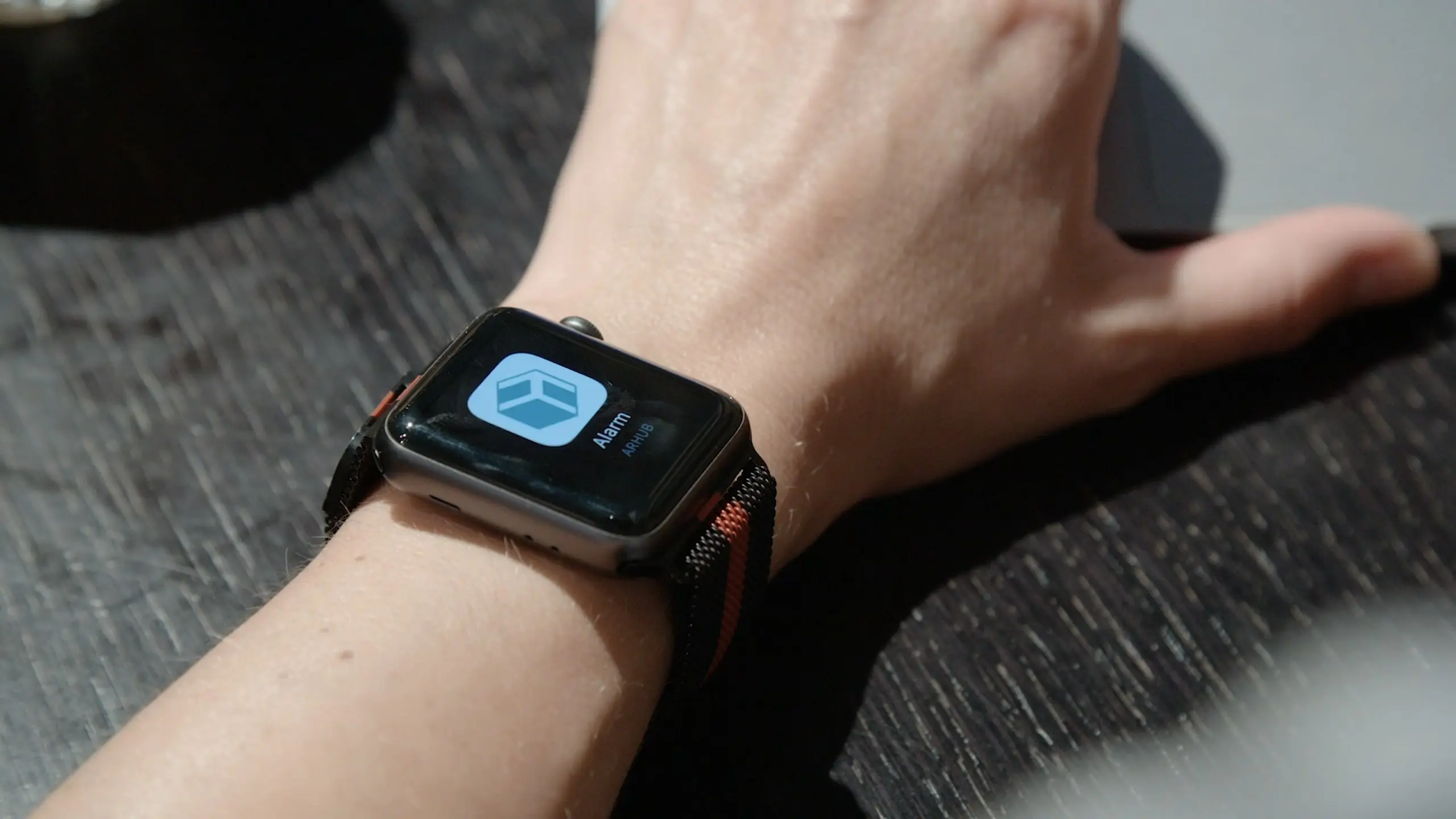Sounding the alarm before anything happens
The ZHAW School of Engineering, together with the company ARHUB, is conducting research on an intelligent alarm system that can see through walls and detect human presence, making it possible for property owners to adopt protective measures that can hamper or even prevent burglaries.

Despite modern technology, it is still possible for burglars to force their way into private homes and businesses unnoticed and to steal valuables. To solve this problem, the Lausanne-based company ARHUB has already developed a smart home solution that works with low-frequency sound sensors as opposed to the motion sensors used by customary alarm systems. A scratch on the door or a shaking of the door lock is immediately recognised, and the alarm is triggered before the burglar can get into the house. Natalya Lopareva, the CEO of ARHUB, explains: “We are developing the next generation of smart homes by sounding the alarm before anything happens, providing complete surveillance of a building and significantly reducing the false-alarm rate with little hardware.”
Taking action against burglars with machine learning

ARHUB and the ZHAW School of Engineering are now working together to further develop the existing technology within the scope of an Innosuisse project. The goal of this project is to create a device that can see through walls. Machine learning will be used to recognise human presence and the associated intentions through a wall, with the alarm being triggered immediately if suspicious behaviour outside of the house is detected. Marc Kuhn, who is taking part in this project at the ZHAW School of Engineering, says: “The use of such a technology in the area of security and building protection is brand new. The project combines expertise from the areas of electronics, wireless technology and machine learning and is an exciting challenge for us all.”
Natalya Lopareva of ARHUB is sure that as soon as the product is available on the market it will revolutionise the field of building security. It should also contribute to a 15 percent reduction in burglaries by 2023.